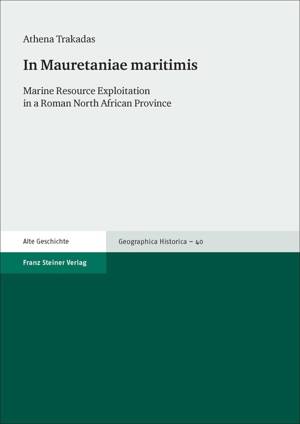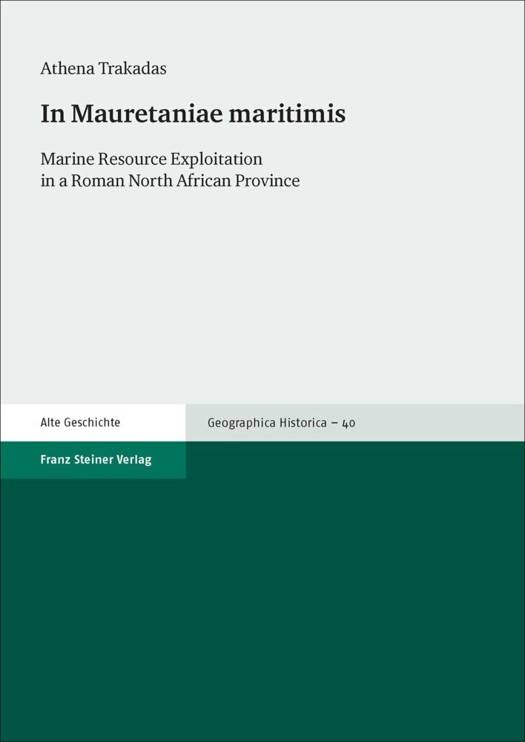
- Afhalen na 1 uur in een winkel met voorraad
- Gratis thuislevering in België vanaf € 30
- Ruim aanbod met 7 miljoen producten
- Afhalen na 1 uur in een winkel met voorraad
- Gratis thuislevering in België vanaf € 30
- Ruim aanbod met 7 miljoen producten
Zoeken
In Mauretaniae Maritimis
Marine Resource Exploitation in a Roman North African Province
Athena Trakadas
€ 223,95
+ 447 punten
Uitvoering
Omschrijving
This study assesses the environmental, social and economic consequences of the Roman incorporation of the North African province of Mauretania Tingitana through the lens of marine resource exploitation. A new methodology is applied to analyse archaeological and descriptive data from the mid-1st to late 3rd centuries AD related to fishing, the consumption of fresh fish and shellfish, and the processing of salted foodstuffs, sauces and purple dyes. These data are contextualised within the specific marine environments of the province through a regional assessment and three case studies. Such a methodology allows for the evaluation of species caught, and the reconstruction of fishing methods and areas of fishing effort. Using the seascape and a variety of material culture as a foundation, this study illustrates synthetically the ways in which a key natural resource of North Africa was exploited in antiquity. This analysis clarifies previous misconceptions regarding the marine environment and its exploitation that tend to focus only on the fish-salting industry; it incorporates an abundance of new data within an environmental framework in order to answer more accurately interpretations of past resource use and its role in the Roman economy.
Specificaties
Betrokkenen
- Auteur(s):
- Uitgeverij:
Inhoud
- Aantal bladzijden:
- 667
- Taal:
- Engels
- Reeks:
- Reeksnummer:
- nr. 40
Eigenschappen
- Productcode (EAN):
- 9783515104173
- Verschijningsdatum:
- 8/11/2018
- Uitvoering:
- Paperback
- Formaat:
- Trade paperback (VS)
- Afmetingen:
- 170 mm x 239 mm
- Gewicht:
- 1591 g

Alleen bij Standaard Boekhandel
+ 447 punten op je klantenkaart van Standaard Boekhandel
Beoordelingen
We publiceren alleen reviews die voldoen aan de voorwaarden voor reviews. Bekijk onze voorwaarden voor reviews.








